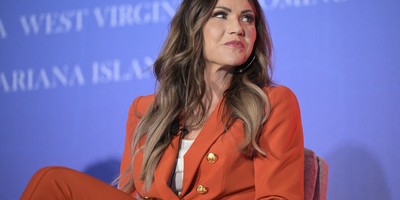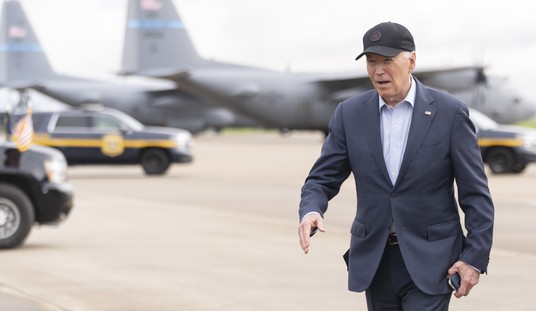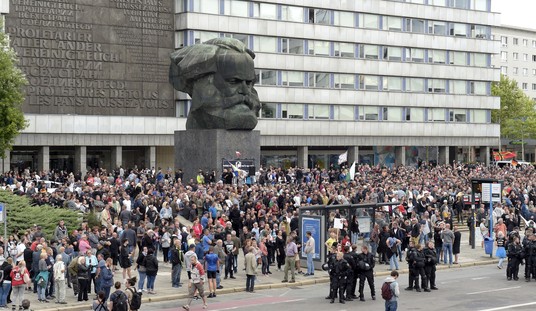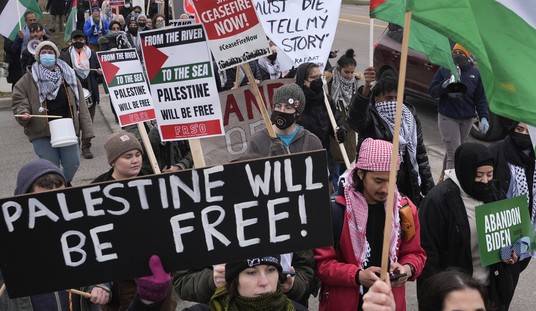One of the big things about the State of the Union address is talking about which Cabinet Secretary has been sent to an undisclosed location in case the Capitol Building goes up in a cloud of neutrons and there is no one left to run the government.
Last night that honor went to the Secretary of Agriculture, Tom Vilsack who was a former Governor of Iowa.
According to the Presidential Succession Act of 1947, after the Vice President, Speaker of the House, and President Pro Tempore of the Senate, the order of succession to the Presidency is:
Secretary of State, Secretary of the Treasury, Secretary of Defense, Attorney General, Secretary of the Interior, Secretary of Agriculture, Secretary of Commerce, Secretary of Labor, Secretary of Health and Human Services, Secretary of Housing and Urban Development, Secretary of Transportation, Secretary of Energy, Secretary of Education, Secretary of Veterans Affairs, Secretary of Homeland Security.
Which are more-or-less in the order the Cabinet Department was created.
When the Department of Homeland Security was stood up on March 1, 2003 there was some discussion as to whether the order of succession should be changed to put the DHS Secretary ahead of Interior, Ag, Commerce, HHS, HUD … and all those other Cabinet Secretaries who are responsible for seeds and rental units.
Alas, 18 senior government officials - including the President - have got to meet their makers before the Secretary of DHS can order new drapes for the Oval.
The Constitutional basis for a State of the Union address is found in Article II, Section 3, Clause 1:
[The President] shall from time to time give to the Congress Information on the State of the Union, and recommend to their Consideration such measures as he shall judge necessary and expedient.
Recommended
Until the 1930s the address was simply known as the Annual Message. In 1942 it became known as the State of the Union address.
According to the Clerk of the House's webpage:
In the 19th century, the annual message was both a lengthy administrative report on the various departments of the executive branch and a budget and economic message.After 1913, when Woodrow Wilson revived the practice of presenting the message to Congress in person, it became a platform for the President to rally support for his agenda.
Until 1934, the Annual Message was delivered every December.
From 1801 (Thomas Jefferson) until 1913 (Woodrow Wilson) the Annual Message was sent to the Congress as a written document. Wilson revived the tradition, begun by George Washington, of delivering the Annual Message in person.
Off and on, since then, Presidents have chosen to deliver a written message. The last time was Ronald Reagan's 1989 message.
Famous firsts include the first radio broadcast by Calvin Coolidge in 1923. The first televised broadcast by Harry Truman in 1947. And, the first evening speech by Lyndon Johnson in 1965.
The first time a President made reference to a guest in the gallery was in 1982 when President Reagan invited, and recognized, Lenny Skutnik whom he had invited to attend.
On January 13, 1983 an Air Florida flight left National Airport in a snowstorm, didn't gain height and crashed into the Potomac River just north of the airport. A flight attendant, Priscilla Tirado, swimming in the freezing water, was too weak to grasp a rope dropped by a rescue helicopter.
Skutnik, a clerk in a U.S. Government office, saw her distress, stepped out of his coat and boots and dove into the Potomac River and pulled Tirado to safety.
He was recognized by President Reagan saying:
"We saw the heroism of one of our young Government employees, Lenny Skutnik, who, when he saw a woman lose her grip on the helicopter line, dived into the water and dragged her to safety."
Since then, Presidents have invited guests to sit in the First Lady's box for political, patriotic or social reasons.
President Obama's speech last night, like almost all which have been delivered in writing or in person before, fulfilled that simple requirement that the President "from time to time give Congress information on the state of the union."
It is a very nice custom, highly anticipated in Washington, DC, totally forgotten within hours of its delivery but links Presidents in an unbroken line back to George Washington.

























Join the conversation as a VIP Member